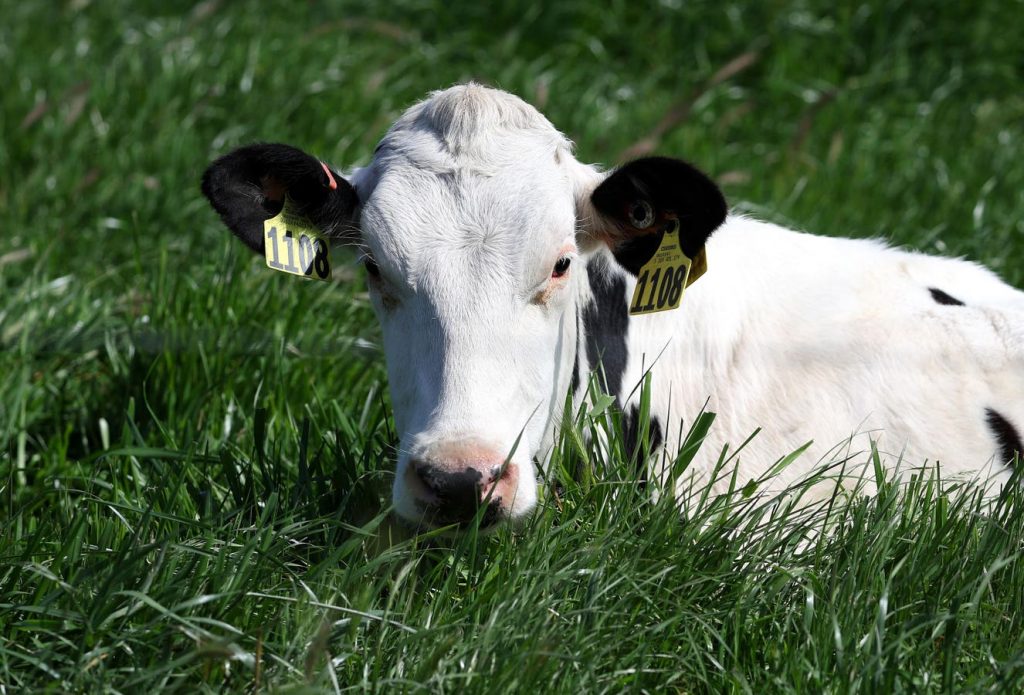The recent revelations that the H5N1 bird flu virus has been spreading among dairy cows and that fragments of avian influenza have appeared in milk have raised concerns about the possibility of the virus jumping to humans. While the short answer is “yes,” it’s not a cause for panic. The dairy worker in Texas who was infected survived, and fragments of the virus in milk are not the same as having complete versions that can infect humans. The key is to monitor whether the virus has the capability of consistently infecting humans and the human immune response to the strain.
The immune system is more familiar with human influenza strains, as opposed to avian influenza strains like H5N1. Getting the flu vaccine each year can help keep the immune system prepared for human strains. Novel viruses like H5N1 pose a risk because the immune system may not know how to fend off the virus, potentially leading to harmful reactions. It’s essential to be aware of the possibility of rapid mutations in flu viruses, as mutations can make the virus stronger, causing more severe symptoms or enabling it to jump to new species.
While occasional cases of human infections with H5N1 have been reported, there has been no sustained human-to-human transmission so far, reducing the risk of a pandemic. Concerns about avian influenza causing a human pandemic have been raised for years, leading to calls for proactive measures to prepare for a potential jump to humans. Political and business leaders are urged to invest in virus surveillance, public health infrastructure, and scientific research to be better prepared for potential outbreaks.
Lessons from the Covid-19 pandemic should have prompted the U.S. to strengthen its virus surveillance system, public health workforce, and investment in science. However, there has been a rise in anti-science rhetoric, politicization of scientific issues, and a lack of long-term thinking. Ignoring warning signs about the next pandemic can have consequences, as nature has a way of presenting new challenges. Therefore, it’s crucial for leaders to take proactive steps to prepare for potential threats and be ready to respond quickly and effectively to contain outbreaks.


